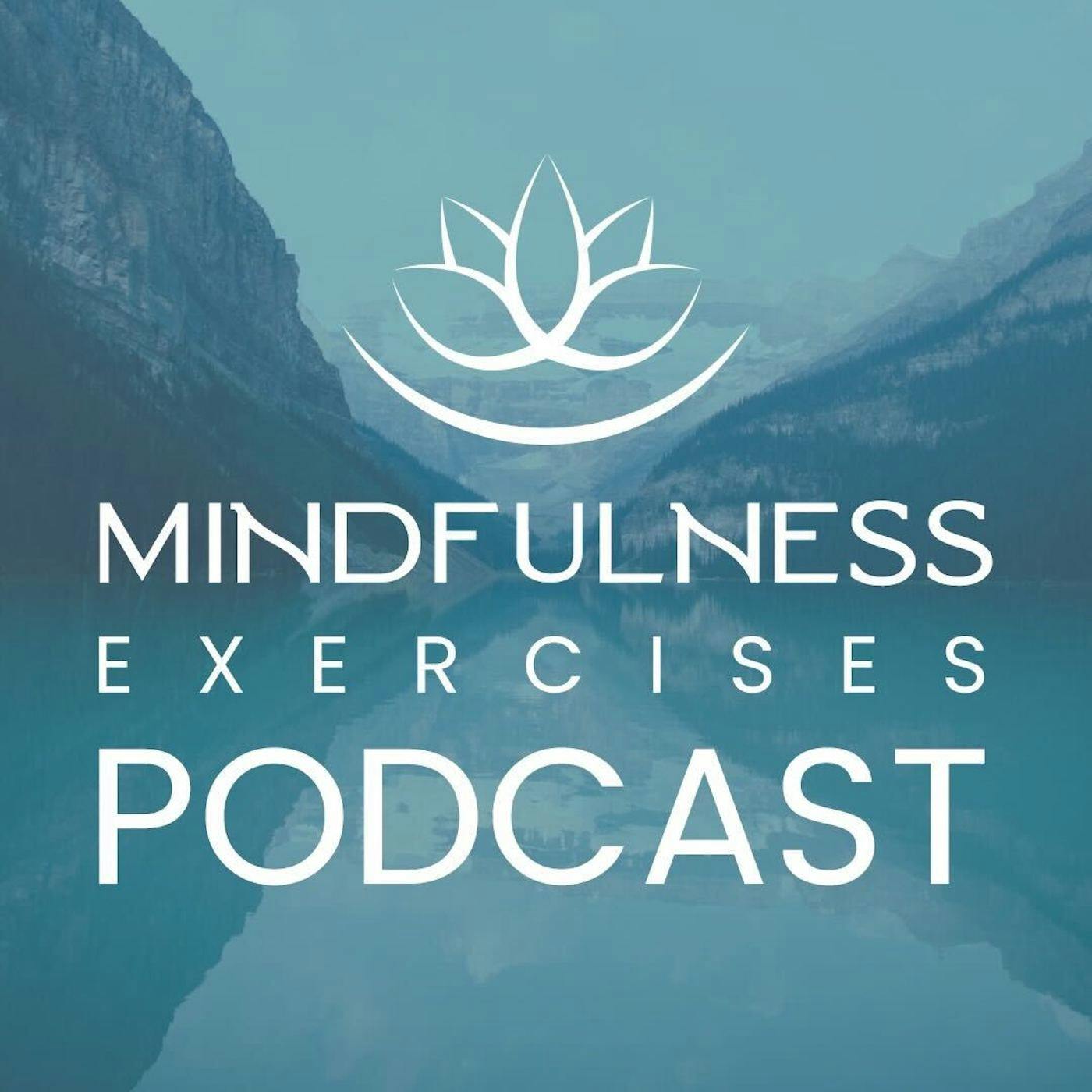
How to Introduce Mindfulness to Beginners

Mindfulness Exercises
Deep Dive
What is Sean Fargo's approach to introducing mindfulness to beginners?
Sean Fargo emphasizes experiential learning over theoretical explanations. He guides beginners to notice physical sensations, such as the weight of their body on a chair or the rise and fall of their belly while breathing, without judgment. This direct experience helps people understand mindfulness as a simple, non-religious practice of moment-to-moment awareness.
Why does Sean Fargo avoid starting with theory when teaching mindfulness?
Sean found that starting with theory, such as neuroscience or the benefits of mindfulness, often disconnected people from the practice. Instead, he focuses on immediate, tangible experiences, which make mindfulness more relatable and accessible, helping beginners feel its impact firsthand.
What is Jon Kabat-Zinn's definition of mindfulness?
Jon Kabat-Zinn, the founder of mindfulness-based stress reduction, defines mindfulness as 'paying attention on purpose in the present moment without judgment.' It involves being aware of what you're doing while you're doing it, without labeling experiences as good or bad.
Why is the non-judgmental aspect of mindfulness crucial?
The non-judgmental aspect is essential because judgment often creates resistance or discomfort. Mindfulness teaches curiosity and openness to experiences, whether pleasant or unpleasant, without labeling them as good or bad. This helps individuals stay present and reduces reactivity.
How does Sean Fargo structure a typical mindfulness meditation session?
Sean starts with grounding practices, such as sensing the feet on the ground and relaxing the body. He then focuses on the main meditation, like mindfulness of breathing or a body scan, followed by self-compassion practices. The session ends with grounding techniques, such as relaxing the shoulders and opening the eyes when ready.
What is the danger of focusing on outcomes in mindfulness practice?
Focusing on outcomes, such as relaxation or calmness, can bypass the process of mindfulness, which is about noticing what is happening in the present moment. Ironically, focusing on the process often leads to achieving desired outcomes more effectively than fixating on the results.
How does Sean Fargo suggest handling skepticism about mindfulness?
Sean encourages skepticism and invites people to try mindfulness without forcing belief. He emphasizes the importance of an open attitude, allowing individuals to see for themselves whether mindfulness works for them, rather than convincing them of its benefits.
What role does concentration play in mindfulness practice?
Concentration is the fuel for mindfulness, helping sustain moment-to-moment awareness without distraction. Practices like counting breaths, repeating mantras, or focusing on visual or auditory objects can enhance concentration, making it easier to stay present.
- Focus on experience over theory when introducing mindfulness.
- Guide beginners to notice bodily sensations without judgment.
- Relate mindfulness to the experience participants have already had.
Shownotes Transcript
Curious about how to introduce mindfulness effectively? In this episode, Sean Fargo, founder of Mindfulness Exercises and former Buddhist monk, shares his approach to introducing mindfulness to different groups in a simple and relatable way. Rather than focusing on theory, Sean’s method emphasizes experience, guiding new practitioners to connect with mindfulness directly.
Learn how to:
Introduce mindfulness by engaging others with real-life experiences
Guide beginners to notice sensations and emotions without judgment
Use foundational techniques to build an understanding of mindfulness
Whether you're a mindfulness teacher or new to the practice, Sean’s approach will help you see how introducing mindfulness can be both accessible and impactful.
📜 **Become Certified **
Mindfulness Meditation Teacher Certification: https://bit.ly/MindfulnessCertify
Trauma-Sensitivity Teaching Certification: https://bit.ly/METraumaSensitiveMindfulnessCourse
🌱 Be a Part of our Growing Community
Mindfulness Exercises Website: http://mindfulnessexercises.com/
Connect Community for Mindfulness Teachers: https://mindfulnessexercises.com/connect-mindfulness-community/
Instagram: https://www.instagram.com/Mindfulness.Exercises/
LinkedIn: https://www.linkedin.com/company/mindfulness-exercises/
Facebook: https://facebook.com/exercising.mindfulness
Learn more about your ad choices. Visit megaphone.fm/adchoices)